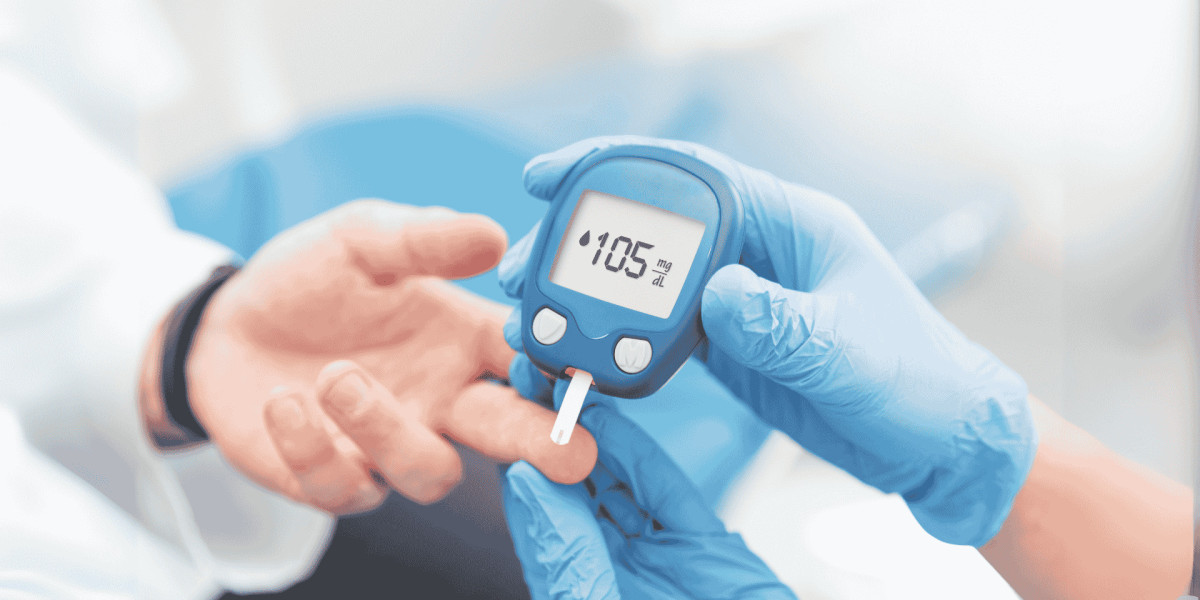In an age where businesses expect mobile devices to perform everywhere from conference rooms to construction sites, Panasonic’s Toughbook line has long been the go-to name for truly rugged computing. The CF-20 stands out in that family as a practical, work-first 2-in-1: a fully-rugged detachable that switches between a tablet and a laptop, while keeping the durability and expandability professionals need. Below I’ll walk through what makes the CF-20 special, its key specifications and options, real-world use cases, where it shines and where it shows limits — and how to decide if it’s the right tool for your team.
What the CF-20 is (and why it matters)
The Panasonic Toughbook CF-20 is marketed as the world’s first fully-rugged detachable PC — meaning it’s designed to be used as a standalone tablet or paired with a removable keyboard to function like a small laptop. That convertible design is paired with industrial-grade protection (MIL-STD drop resistance and IP water/dust sealing), a practical handle/kickstand design, and a swappable “bridge” battery system that allows hot-swapping batteries without shutting down devices — a crucial feature for long shifts in the field.
Why does that matter? Many field workers (utilities, emergency services, logistics, warehousing, public safety, on-site technicians) need computers that survive drops, rain, dust, and wide temperature swings — and that can be kept running during long shifts. The CF-20 aims to be a single device that answers those requirements while remaining compact and modular enough to run specialized accessories like barcode scanners, smartcard readers or cellular modems.
Design and build: rugged but not oversized
At first glance the CF-20 looks like a compact tablet with a chunky, reinforced bezel and a detachable keyboard that doubles as a protective dock. The 10.1-inch touchscreen is reachable and usable in gloved conditions (glove touch and optional digitizer). The detachable keyboard is milled for durability and includes physical shortcut keys and a pointing device for when touch isn’t practical. The unit’s handle/kickstand is a small but smart touch: it makes carrying easier and turns the tablet into a stable tablet-on-a-stand when checking plans or forms on site.
The CF-20’s seals, gaskets and reinforced corners are not cosmetic — they are engineered to meet IP65 (protection from dust and low-pressure water jets) and MIL-STD-810G levels for drops and shocks in many configurations. That gives managers confidence that devices will stay in service after the kind of accidental bumps and bad weather that would cripple a consumer laptop.
Display, input and ergonomics
The CF-20 uses a 10.1-inch WUXGA (1920×1200) IPS display with high brightness options that make it readable outdoors — important for field use in bright sun. Options include a glass digitizer for stylus input and glove-touch capability, which lets workers operate the device without removing safety gloves. The display is bright enough to be useful outdoors while still offering decent viewing angles for group collaboration around the tablet.
On the input side, the detached keyboard packs a full QWERTY layout (small but usable) with backlight options and a small touchpad. Panasonic’s design prioritizes reliability over a luxury typing experience; expect a stiffer, travel-limited keyboard compared with consumer ultrabooks — but one that survives spills, dust and heavy use.
Performance and battery
Panasonic offered the CF-20 with low-power Core i-class processors (for example Intel Core i5-7Y57 variants in MK2 models), integrated Intel HD graphics, and RAM/storage configurations that fit standard mobile workforce needs (commonly 4–16GB RAM and 128–512GB SSD options). These specs are intentionally conservative: the CF-20 focuses on reliable, sustained business performance (data entry, mapping/GIS apps, custom enterprise software, remote access) rather than raw number-crunching or gaming.
Battery life is engineered around field shifts: the bridge battery system lets a user hot-swap an external keyboard battery and continue working while replacing the internal battery — a huge advantage for 8-16 hour field deployments. Typical MobileMark ratings and real-world reports put practical runtimes in a workday range (often 6–12 hours depending on configuration and display brightness). Exact endurance will vary with wireless radios and peripheral usage.
Connectivity and expandability
What sets the CF-20 apart from consumer convertibles is its I/O and expandability. Typical CF-20 builds include multiple USB ports (including USB-3), HDMI, Ethernet via the keyboard dock, microSD/SD card slots, optional serial or legacy ports, and expansion modules for barcode scanners, RFID readers, smartcard slots, and mobile broadband (4G LTE). For companies that integrate hardware peripherals into workflows — logistics scanners, fleet telematics, point-of-service peripherals — this modularity is a major plus.
Security options commonly include fingerprint readers, TPM (trusted platform module), and smartcard readers — useful for regulated industries or government deployments.
Software and manageability
The CF-20 ships with Windows (Windows 10 Pro or Windows 11 Pro in later MK2 configurations), making it broadly compatible with enterprise management tools and legacy Windows applications. For IT, the CF-20 supports typical enterprise manageability stacks (SCCM, Intune, MDM) and offers predictable behavior for imaging and updates. Panasonic also supplies lifecycle services, extended warranties, and depot or onsite repair options that enterprise IT teams value for long deployments.
Real-world impressions: where it shines
Reviews and hands-on tests emphasize the CF-20’s durability, practical design and outdoor readability. TechRadar’s initial hands-on called it “impressive” for feeling like a premium, tough device while staying relatively light — a testament to Panasonic’s engineering tradeoffs. Users report the device performs well for field data collection, mobile diagnostics, inventory management and first-responder tasks where ruggedness and connectivity trump raw processing power.
Where portability matters, the CF-20 wins over full-sized rugged laptops. The detachable tablet is convenient for quick inspections, photos, signatures and forms; the keyboard dock restores traditional productivity when needed.
Limitations and tradeoffs
No device is perfect. The CF-20’s compromises are intentional: the compact keyboard is necessarily cramped for long-form typing; the trackpad is serviceable but not on par with modern ultrabook precision; and the low-power Core i-series CPUs are tuned for efficiency and durability rather than heavy multitasking or media workloads. Reviews note these trade-offs and conclude that the CF-20 is designed as a purpose-built field tool, not a replacement for a power laptop or workstation.
Cost is another consideration. Rugged devices come at a premium — not only for the hardware but for the extended support and lifecycle services enterprises expect. However, for many organizations the reduced downtime and longer device life offset the higher upfront price.
Typical use cases
Field service and utilities — route technicians use the CF-20 for work orders, maps, and equipment diagnostics in rain, dust and cramped environments.
Public safety and first responders — tablet mode for incident reports and camera capture; ruggedness for unpredictable conditions.
Logistics and warehousing — scanners and barcode integrations make the CF-20 a mobile point-of-work terminal.
Construction and surveying — outdoor readability, glove touch and durability for site plans and measurements.
Manufacturing and inspection — portable but secure endpoint for quality control, data entry and traceability systems.
Buying and lifecycle advice
If you manage procurement for a team that operates in harsh environments, consider the CF-20’s lifecycle options: extended warranties, swap-stock spare batteries, and depot vs onsite repair choices. Order configurations with the right balance of RAM, SSD and radios for your application (e.g., extra RAM and LTE for GIS or telematics workloads). Also factor in accessories: docking stations, vehicle mounts, hand straps, and styluses can improve ergonomics and adoption in the field. For organizations with long deployment cycles, Panasonic’s service contracts and standardized imaging options simplify long-term management.
Final verdict — who should choose the CF-20?
The Panasonic Toughbook CF-20 is a specialized tool: ideal for organizations that need a compact, durable, and modular 2-in-1 capable of surviving real-world abuse while supporting enterprise peripherals and secure management. If your priority is durability, outdoor readability, long-shift operations and peripheral flexibility — and you accept modest compromises in raw performance and keyboard comfort — the CF-20 is one of the more practical rugged detachables on the market. If your needs tilt towards heavy content creation, high-end processing, or the cheapest upfront cost, a consumer convertible or a higher-spec rugged laptop might be a better fit.





